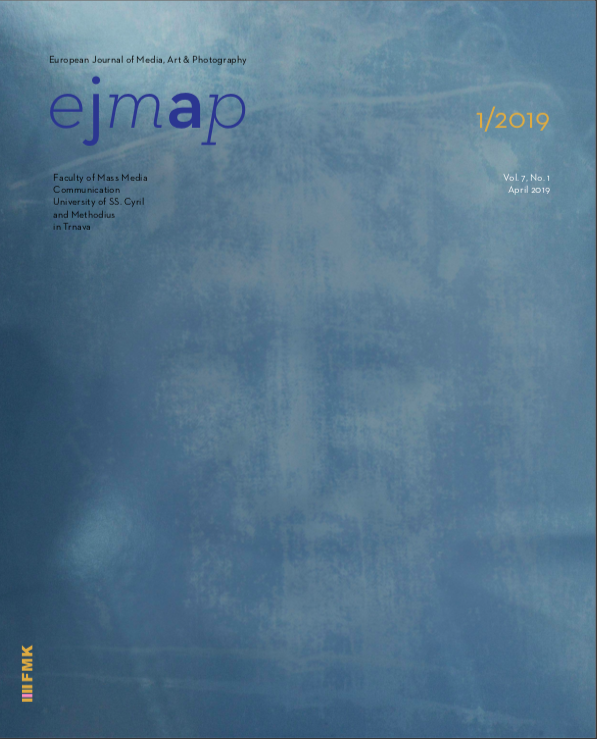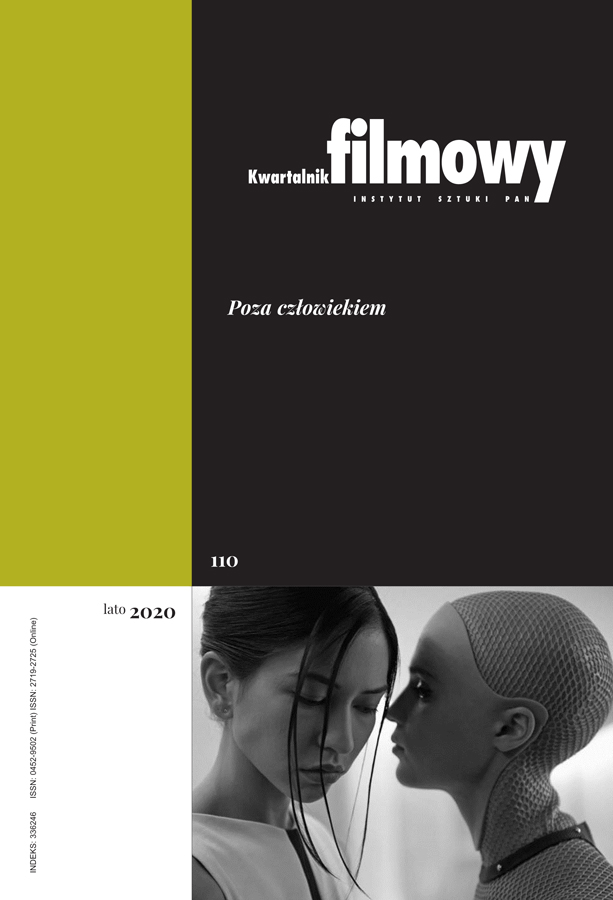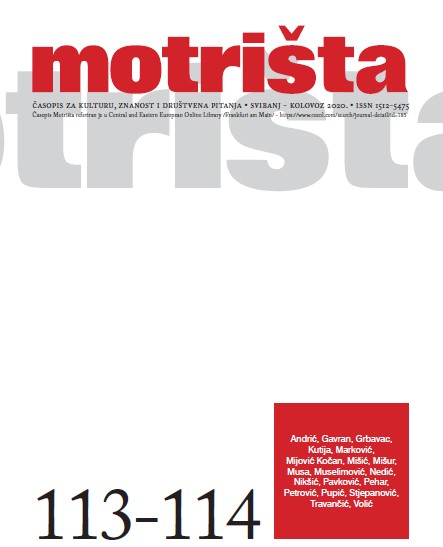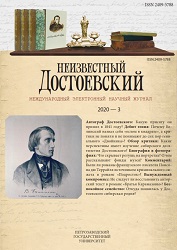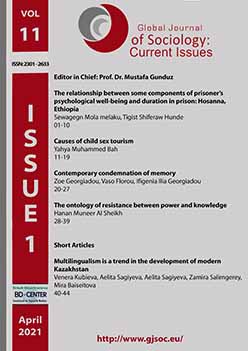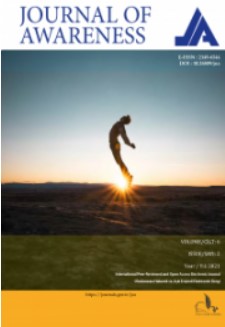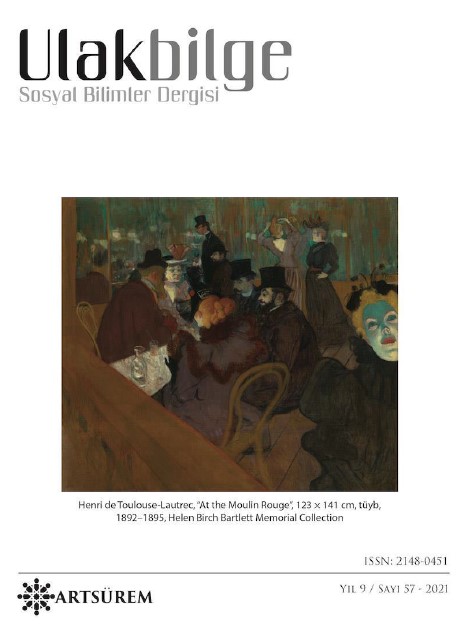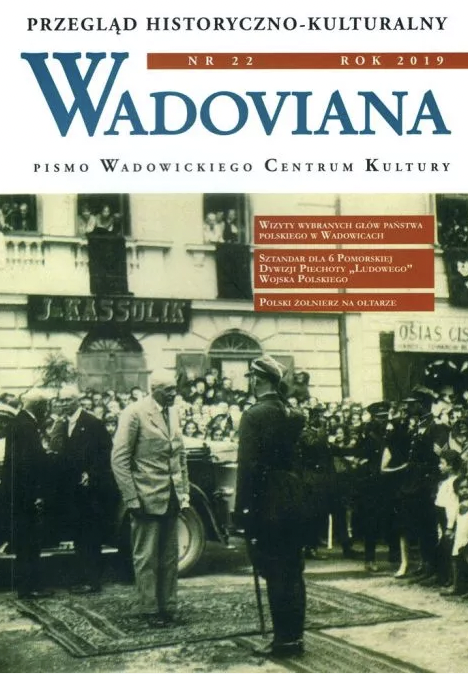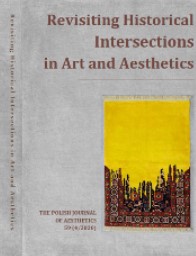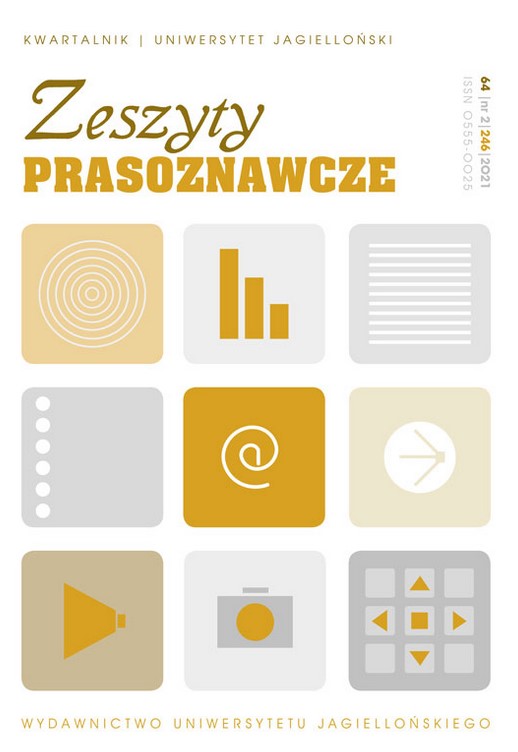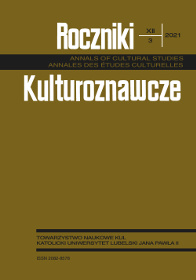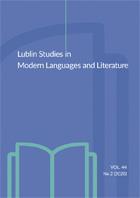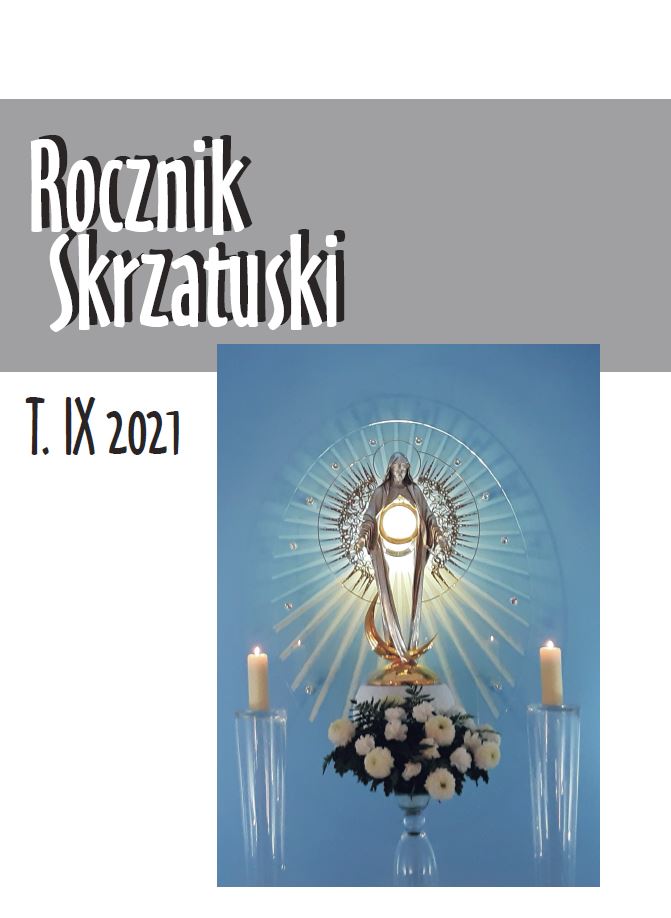Author(s): Saulius Kruopis / Language(s): Lithuanian
Issue: 108/2021
Saulius Kruopis (b. 1960) is a Lithuanian painter, photographer, and organizer of plein air paintings. After graduating from Šiauliai Children Art School, in 1975–1980, he studied art design and photography at the Kaunas S. Žukas Applied Art Technical School (now Kaunas College, Faculty of Arts and Education) under the guidance of passionate orientalist photographer Mindaugas Dapkus, photography master Povilas Karpavičius, and painter Donatas Valatka. Later, in 1987–1993 Kruopis continued his studies at the Department of Painting of the Vilnius Academy of Arts (VDA) under the supervision of Linas Katinas. In the period from 1988 till 1991, he regularly participated in the creative activities of the artists’ group “EA” (later known under the title – “Good Evils“). The spiritual evolution of Kruopis had been significantly influenced by two creative visits abroad. The first one had happened in 1992. It was a three months long internship in Loburg Castle, Münster, Germany. It encouraged Kruopis to revive Nida’s Artist Colony. The second three months creative scholarship visit he spent in India, in the cities of Maya, Jaganatha Puri, Vrindavan, and Madhura. These cities with their splendor of marvelous temples reinforced the orientalist orientation of the artist. This visit happened in 1996. Since 1995, Kruopis started annual international plein air paintings in Nida. In 1999, he established the expressionist artists’ association “Bridge”, which continues the traditions of the German expressionist group “Brücke”. Eventually, he became a member of other organizations: Lithuanian Artists’ Union (since 1995), the Lithuanian-Indian Community (since 1996), the Esslingen (Germany) Painters’ Guild (since 2006), the Europa-Focus Artists’ Association (since 2013), and the ARS Arrakoski Gallery of Baltic Artists in Finland (since 2014). Kruopis also writes diaries, philosophical essays on issues of artistic life and publishes them in the Lithuanian as well as the international press. Kruopis took part in over fifty plein airs in various countries and arranged more than ninety personal and 570 collective exhibitions. His paintings adorn many interiors in Lithuania and abroad. They can be seen in many private and public art collections such as the National Art Museum of Armenia, the Kaliningrad State Art Gallery, the Pope John Paul Museum in Krakow, and the Darsa History Museum in Prerow, Germany.
More...
